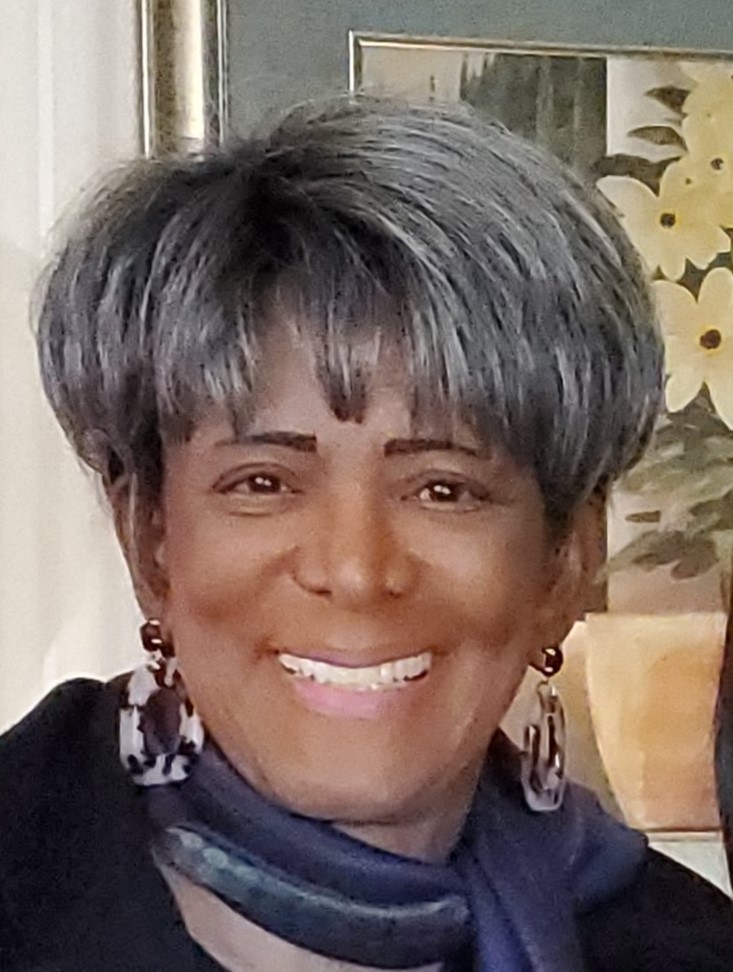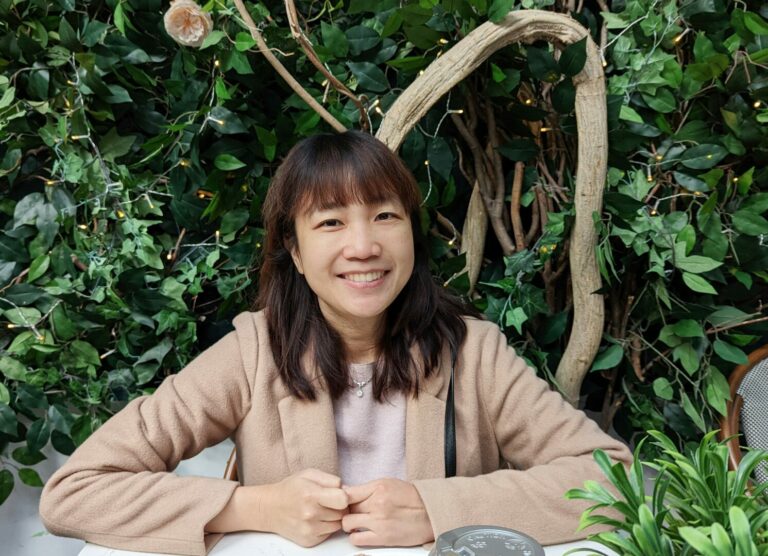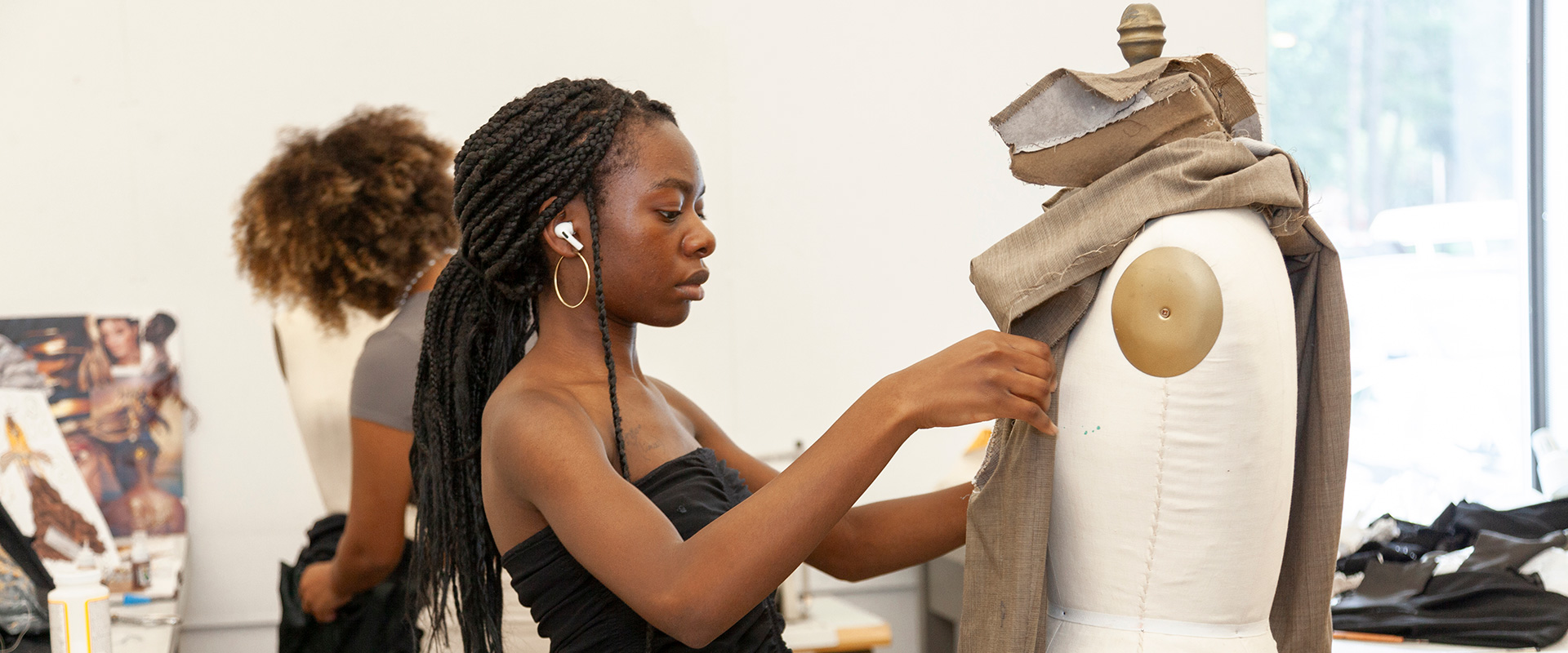We’re excited to introduce you to the always interesting and insightful Edwina Dorch. We hope you’ll enjoy our conversation with Edwina below.
Hi Edwina , you’ve got such an interesting story, but before we jump into that, let’s first talk about a topic near and dear to us – generosity. We think success, happiness and wellbeing depends on authentic generosity and empathy and so we’d love to hear about how you become such a generous person – where do you think your generosity comes from?
I was born into a Mid-Western Christian family that attended a Pentecostal Church, and there I was taught Luke 6:38 : Give, and it will be given to you. A good measure towards others will be returned to you and be poured into your lap (paraphrasing of course).

Appreciate the insights and wisdom. Before we dig deeper and ask you about the skills that matter and more, maybe you can tell our readers about yourself?
Well, I am the author of four books including a middle-grade book, a YA book a romance, and a murder mystery. And for two of them, I was the illustrator. I also display my work in local galleries along Florida’s infamous A1A Highway (the same Highway where “The Highway Men” sold their artwork during the 1950s and 60s because … they weren’t allowed to sell their artwork in galleries or at festivals at the time). Although these artists were called “The Highway Men”, there was one woman among them on the road, and I inherited her artistic legacy; a legacy, unknown to most people outside of the state of Florida.
If you had to pick three qualities that are most important to develop, which three would you say matter most?
I have not been diagnosed, but I suspect I am a non-neuro-typical thinker who prefers using the right side of my brain; a side of the brain that contributes to imaginative and innovative thinking and one that contributes to feelings of empathy. The main characters of my books display inordinate amounts of empathy and compassion towards adversaries. And in my third book, the main female character is actually referred to as an ‘Empath’ and is portrayed as having more “mirror neurons” (a real neuron name) than other people. She is modeled after volunteers in a program called “Mothers in Charge”. These volunteer mothers come along with the police to a murder scene and provide support to community members and family members of murder victims.
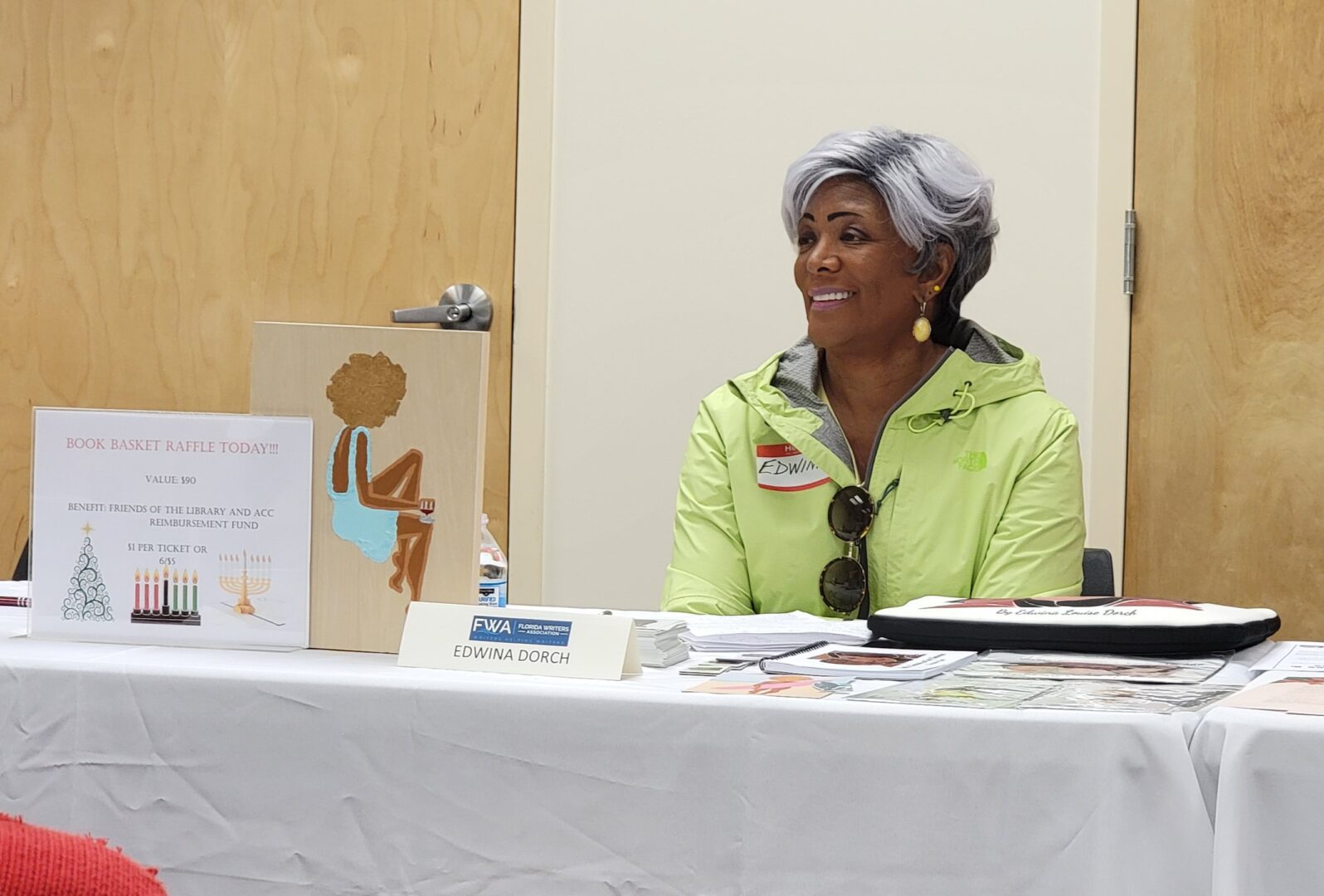
As we end our chat, is there a book you can leave people with that’s been meaningful to you and your development?
In the 1960s, art patron, Dominique de Menil founded an image archive showing the ways that people of African descent had been represented in Western art. Highlights from her collection appeared in three large volumes entitled, “The Image of the Black in Western Art: Volumes I & II which have become collector’s items and I have been fortunate enough to buy and read the pair. In 1974–movie critic Donald Bogle wrote “Toms, Coons, Mulattoes, Mammies & Bucks”. In this book, Bogle proposed that these five stereotypes were the way blacks were presented in the mass media and cinema. But, to my mind, these stereotypes continue even in 2024. In 2003, George Alexander wrote, ‘Why We Make Movies: Black Filmmakers Talk About the Magic of Cinema’. In it, Alexander has thirty conversations with filmmakers and producers such as Spike Lee, Gordon Parks, Julie Dash, Charles Burnett, and Robert Townsend. They discuss everything from their big breaks to their creative process to Hollywood’s silver-screen business. Most of the challenges the filmmakers and producers described then continue. And lastly, in 2010, “The Image of the Black in Western Art: From the Pharaohs to the Fall of the Roman Empire was published. The photographs of artwork in it reveal a history of artistic racism which saddens “the empath” in me.
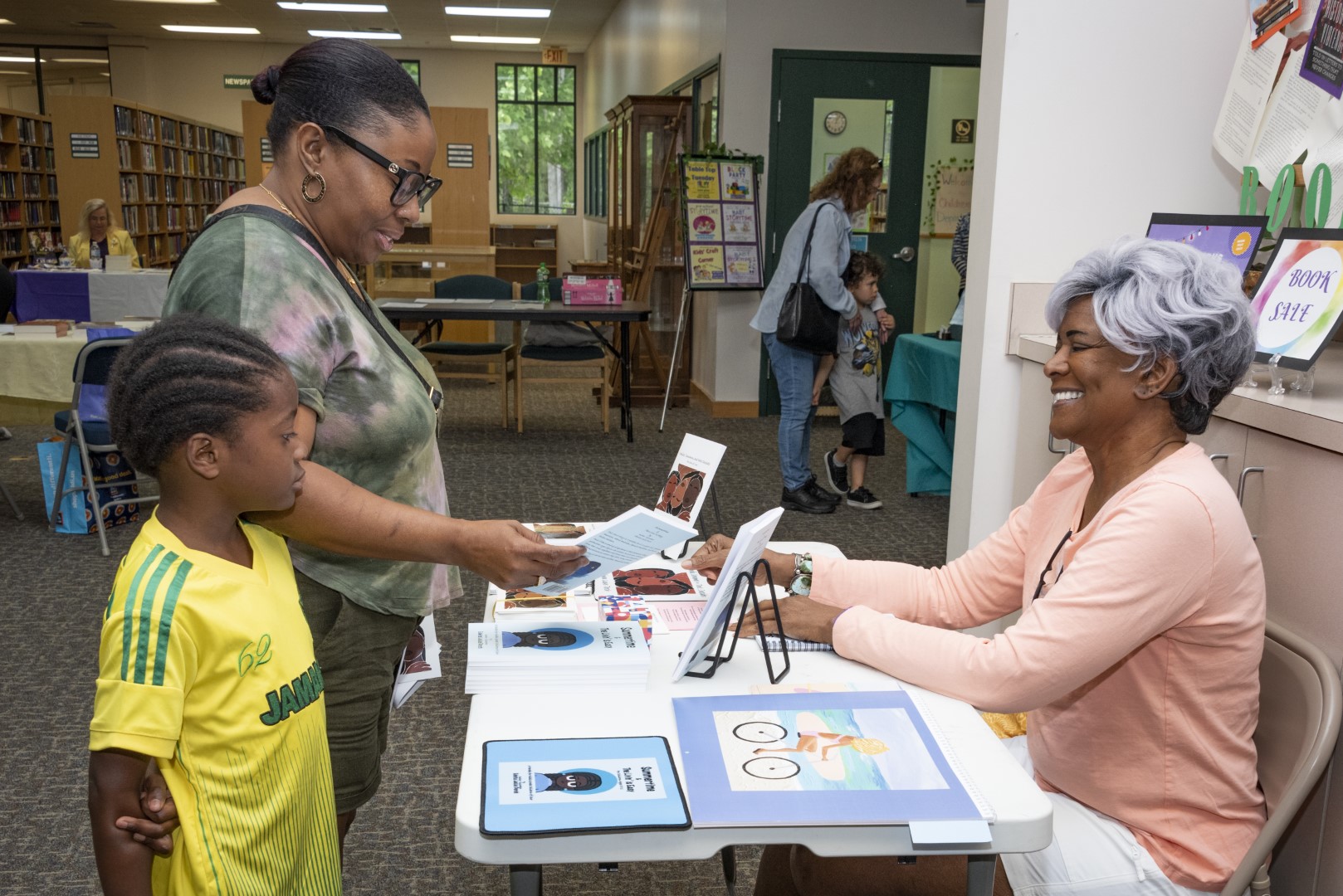
so if you or someone you know deserves recognition please let us know here.

